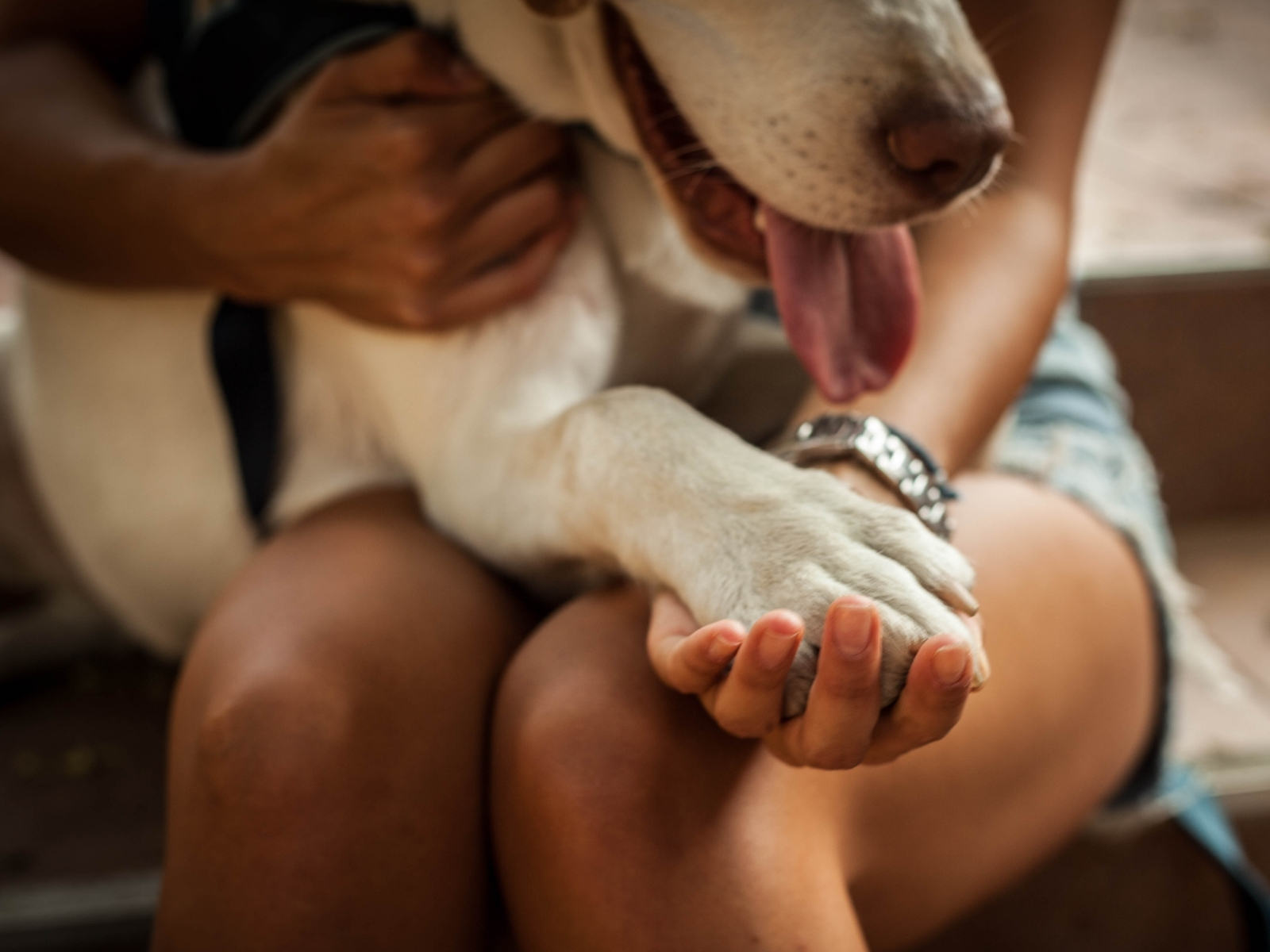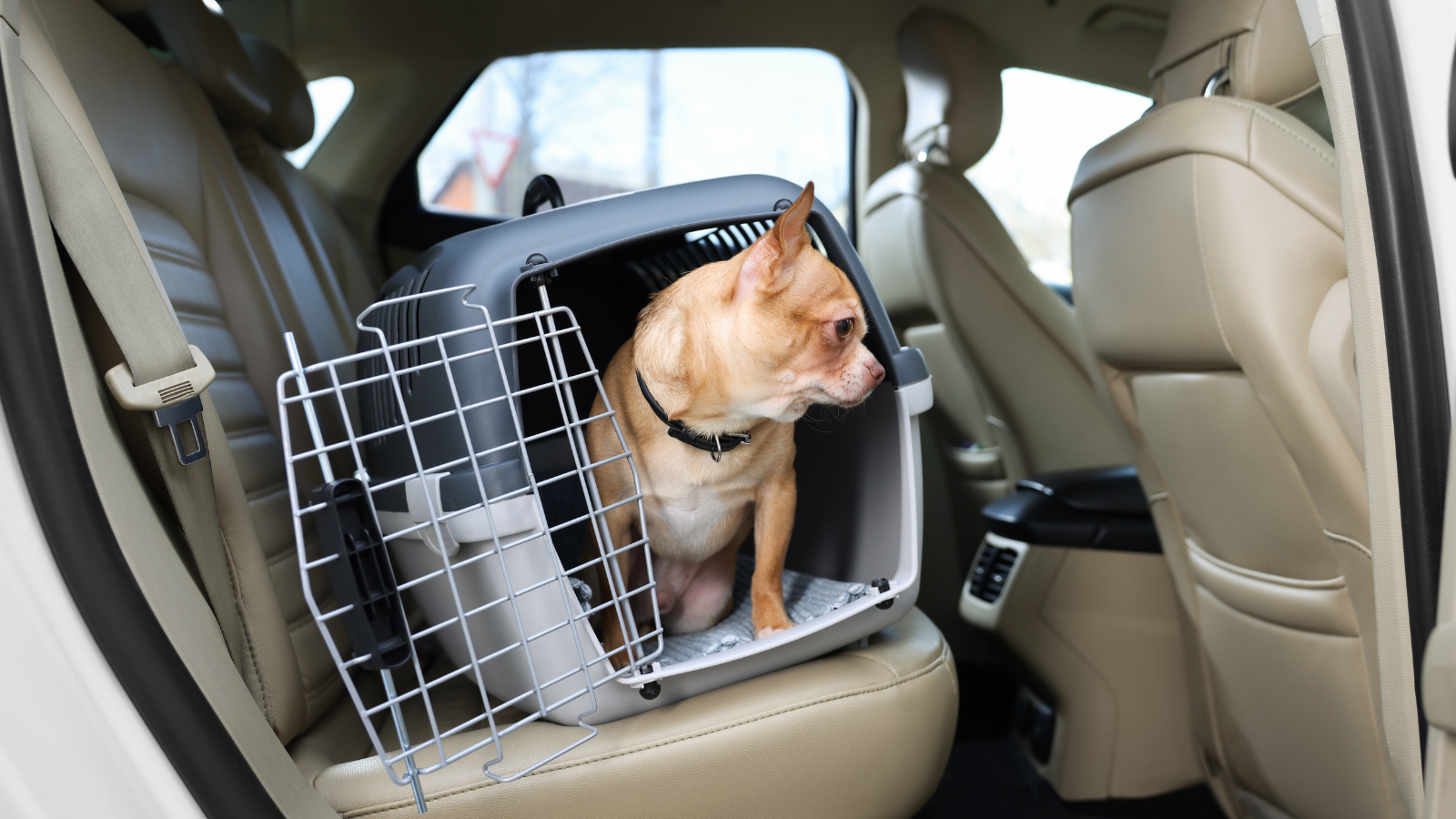Published: June 6, 2021 / Last Update: April 23, 2024
In Case of Emergency: Being Prepared with Your Pet
Unexpected trouble can unfortunately strike at any time. While it’s not something we like to think about, being prepared for an emergency in advance will give you peace of mind that both you and your pets will have what you need if a crisis occurs.
The following are recommendations for building your own pet emergency kits. You can also download and print the Government of Alberta’s Emergency Kit Checklist to be kept as part of your emergency kit.
Step 1: Prepare Your Supplies, Including…
- Food & water: Non-perishable foods are best and should be kept in airtight, waterproof containers. Also ensure you have enough water for yourself, family and pets. We recommend having 10-14 days of consumables for all members of your pack.
- Medication & medical records: Important medications and health records should be kept in a waterproof container. Prepare a document that outlines the feeding and medication instructions for your pet. Include copies of up-to-date vaccination records, in case your pet needs to be housed at a boarding facility temporarily. It is a good idea to have digital copies saved that you can easily access.
- First aid kit: Work with your veterinarian to determine what these supplies may include for your pet. Standard kits often include: cotton bandage rolls, bandage tape and scissors, antibiotic ointment, flea and tick prevention, medical gloves, isopropyl alcohol and saline solution. A pet first aid reference book should also be included. To learn more about our pet first aid classes, check here!
- Collar with ID tag, harness & leash: Permanent identification, such as microchips, tattoos and database registration (e.g. pet licensing through your local animal control) are always recommended. Additionally, pets should always wear a collar with ID tags and current vaccinations. Keeping a backup of these items in your supplies, along with any pet registration and recent photo, can be helpful if you become separated.
- Crate or other pet carrier: A carrier large enough for your pet to stand, turn around and lie down in, will aid in their safety and comfort. Be proactive and ensure your pet is trained to comfortably enter and stay in a kennel for a period of time. See our free behaviour resources for information on crate training.
- Sanitation: Include litter and box if appropriate, newspapers, paper towels, plastic trash bags and cleaning supplies, such as pure chlorine bleach without scents, added cleaners or marked as color safe. Bleach can be used as a disinfectant (diluted nine parts water to one part bleach) as well as to purify water in an emergency (16 drops to one gallon of water)
- Familiar items: Favourite toys, treats or bedding will help reduce stress for your pet.
Step 2: Plan for Action
- Gather information: Ensure you gather as much information as possible and listen to the advice of local authorities, trusted media sources and follow all recommendations if told to evacuate, shelter-in-place or seek medical treatment. In Alberta, you can visit emergency.alberta.ca for updates.
- Speak to your local veterinarians: They can provide information on possible shelters and services that your pet might need in an emergency. Have a list of these resources handy in your kit. You can also pick up a sticker or note for your home that indicates the number of and type of pets in your home for authorities, in case it isn’t possible to take them with you — for example, if you are taken to hospital.
- Plan for where you or your pets may need to go: In case you’re unable to care for your pet due to an emergency, make a list of family, friends, kennels or boarding facilities where your pet could possibly go. Speak with these possible caregivers in advance, so they have all the necessary details should anything happen.
- Secure your kit and assign buddies: Having your kit in a designated location and roles for family members can help save valuable time in an emergency. Assigning jobs and buddies helps give a sense of purpose and focus during times of uncertainty. Buddies can also be neighbors, friends and relatives.
Step 3: Stay Informed & Confirm Your Kit

- By having your kit, resources and contact lists ready, you and your pets can navigate difficult times as safely as possible. Review trusted information from government agencies about the types of emergency events and seek out additional recommendations and resources to strengthen your plan.
- Conduct an annual review of your kit’s contents to update any information that may have changed, and manage any perishables in your kits by checking expiration dates on both food and medications.
The more you can do to prepare for an emergency, the less you will have to worry about if the unthinkable happens. Planning for your pets makes sense — start planning and building your kit today!
For more resources on pet preparedness from the Alberta government, including the fact sheets and checklist in multiple languages, visit alberta.ca/pet-preparedness.

